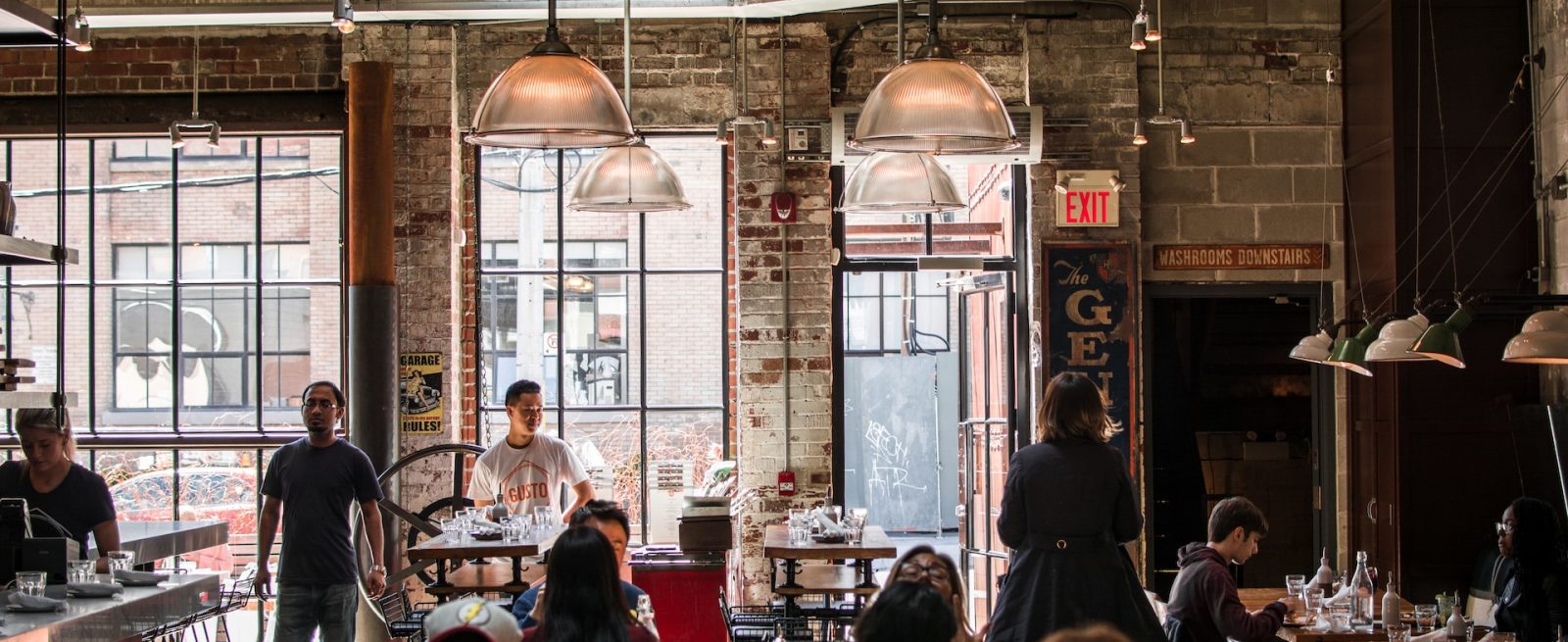Cutting Back on Dining Out: Economic Uncertainties’ Effect on Consumer Dining Behavior
3 Min Read By Zain Jaffer
Barring any new global emergencies like the pandemic that caused the demise of restaurant dining, the past few months have seen it return back to life in a tempered manner. For now, gone are the sight of diners being widely spaced out and sometimes separated by sheets of plastic or plexiglass in some areas.
But now a new threat has emerged that might derail that widespread restaurant recovery. This time the culprit is not some infectious disease, but it has to do with worries about how to pay for the bill. The high inflation rate, debt ceiling news, bank shutdowns, crypto restrictions and the like have contributed to a widespread thinking that in these uncertain times, it is better to tighten one’s belt.
Unfortunately for the restaurant industry, which according to the National Restaurant Association will hire half a million seasonal workers this summer of 2023, this is bad news. According to them, young people form an important component of the restaurant workforce. Almost twenty percent of the sector’s employees are in the 20-24 year old age range.
The dine out cutbacks will likely not come from single people or couples without families with good stable jobs and incomes. It’s actually cheaper and wiser sometimes to just eat out if there are just one or two of you, than cook at home. Single people who want to meet new people or bond with co-workers and friends might hit the bars and dance clubs, or married people might want to go on a date without their kids. There will always be a market for that.
But for families with older kids, whose caloric needs are different, a family restaurant visit can hit around a hundred dollars or more if you total the dishes and drinks. If one or both breadwinners in the family are unsure about their economic prospects in the next few months, most likely dining out will be one of the discretionary expenses that gets cut in order not to miss that monthly house mortgage or rental payment. So family fine dining might be the one most affected by higher inflation.
This is sad because the presence of families and friends gathered around a dining table breaking bread is one of our primal social bonding rituals. Seeing happy faces enjoying good food and talking animatedly brings life to a restaurant. This is the opposite of seeing boarded up empty downtown retail space, lots of homeless people, increased crime and drug use in an area.
There are of course many types of restaurants. In a depressed or declining economy, family visits to fast food joints will increase as upmarket consumers become more cost conscious and move down market.
At some point, a family might want to celebrate an important event like a graduation or a new job, and so more expensive restaurants do have their place, but their growth might be tempered by inflation.
Dining out is an easy to check barometer of our nation’s economic health. Seeing an increase of people happily paying their restaurant bill and tipping properly shows people are confident that they will have a paycheck tomorrow and in the future.
Commercial retail spaces also need restaurants for continued growth. After a shopping spree, many want to enjoy a nice meal or drink before they head home. If there are less diners, business goes lower. Rental payment may suffer, and leases might get cut.
We are all social beings. It’s no fun going to a shopping mall where there are many empty boarded up spaces. You’d rather go somewhere else.
If people are fearful for their economic future, they dine out less. Celebrations with friends and family get cut, and that’s not necessarily good for our collective happiness.


